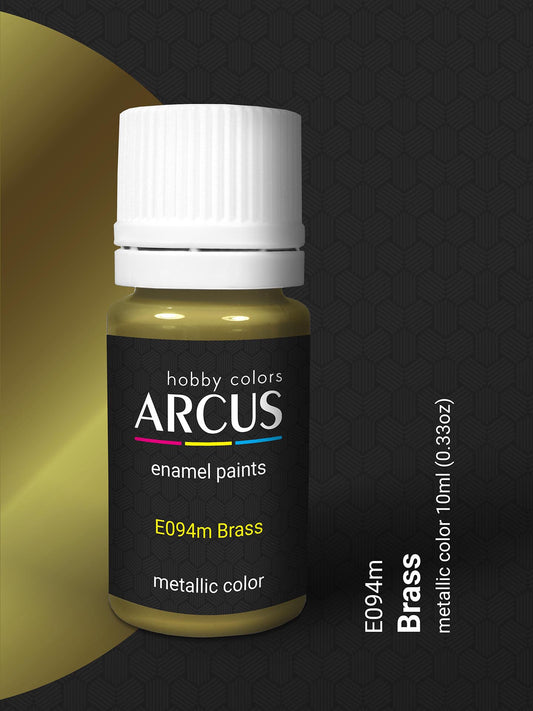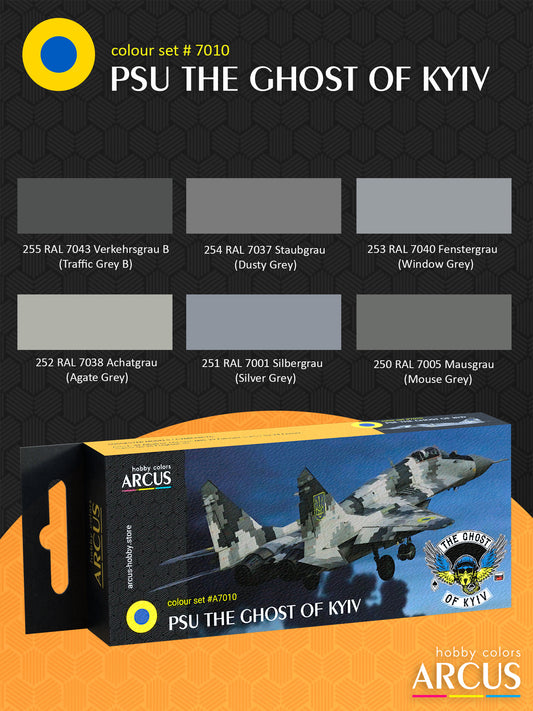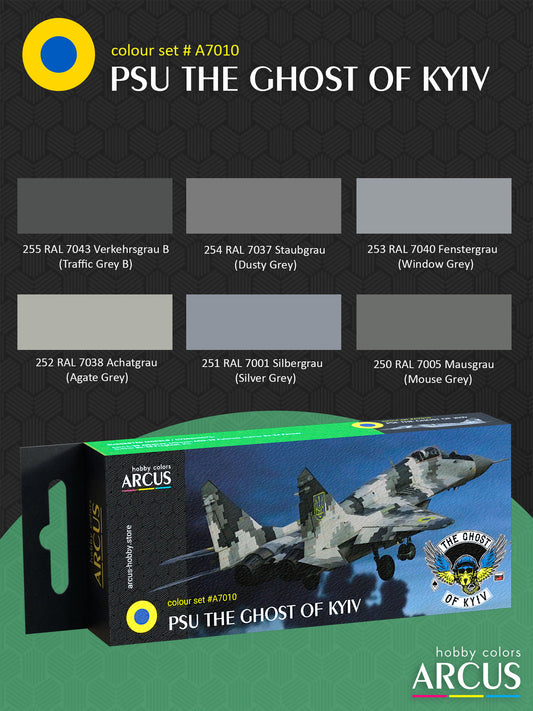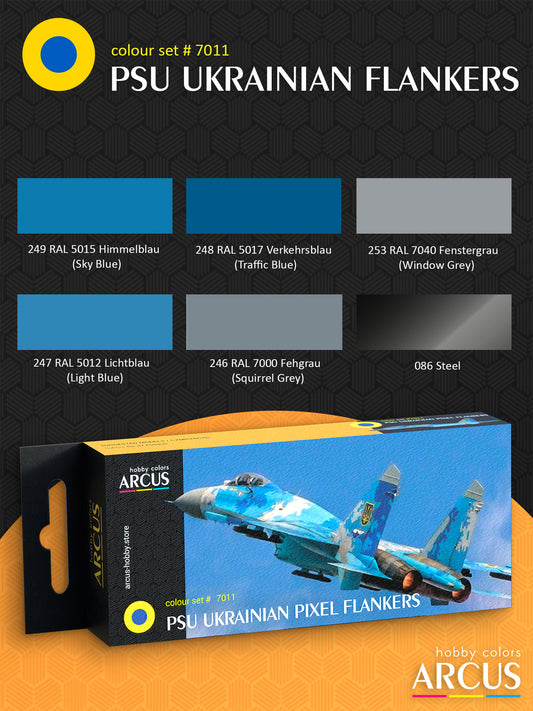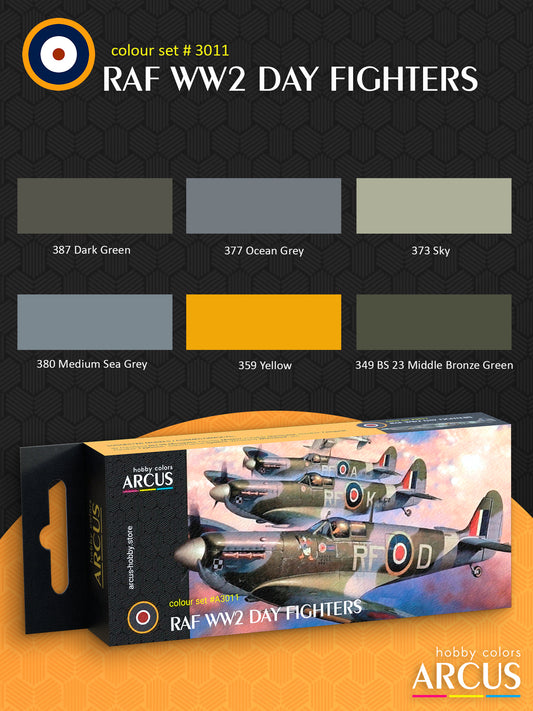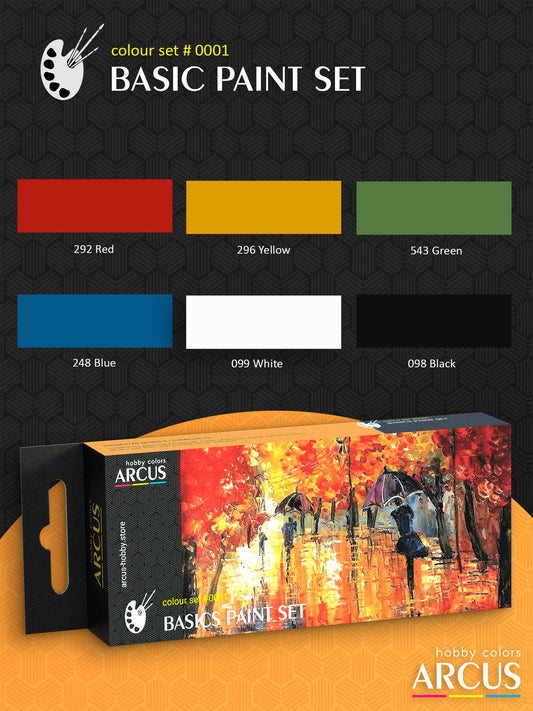Metallic Colors
Wide range of metallic paints for scale models and creativity. High-quality metallic acrylic or enamel paints -10ml (0.33oz). Worldwide shipping
-

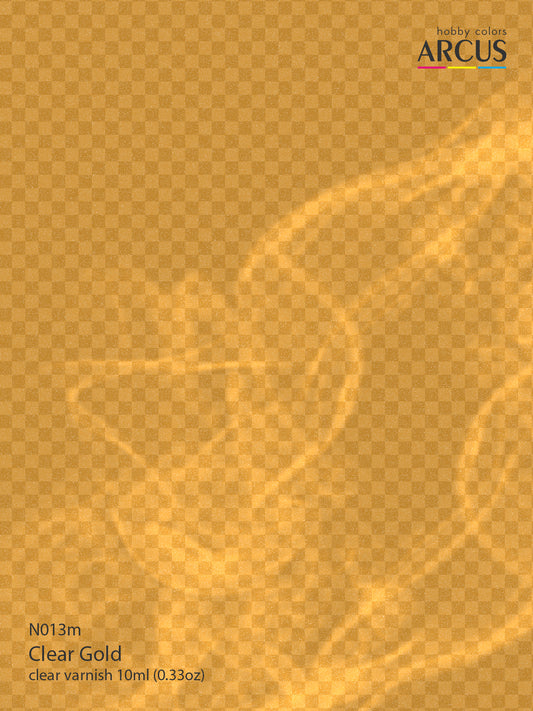 ΈκπτωσηΠρομηθευτής:Arcus Hobby PaintΚανονική τιμή $1.95 USDΚανονική τιμήΤιμή μονάδας ανά
ΈκπτωσηΠρομηθευτής:Arcus Hobby PaintΚανονική τιμή $1.95 USDΚανονική τιμήΤιμή μονάδας ανά$2.29 USDΤιμή έκπτωσης $1.95 USDΈκπτωση -
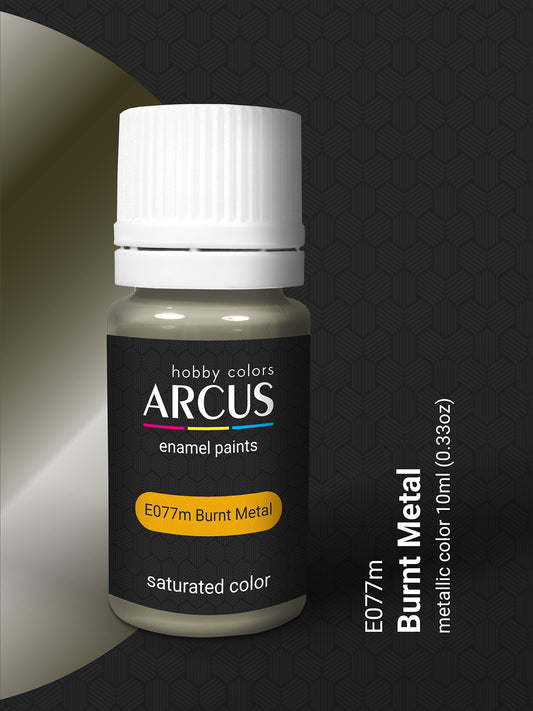
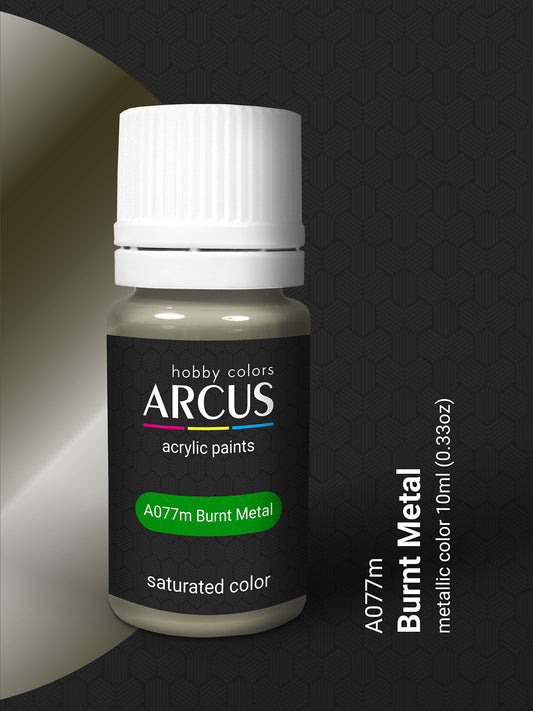 ΈκπτωσηΠρομηθευτής:Arcus HobbyΚανονική τιμή $1.95 USDΚανονική τιμήΤιμή μονάδας ανά
ΈκπτωσηΠρομηθευτής:Arcus HobbyΚανονική τιμή $1.95 USDΚανονική τιμήΤιμή μονάδας ανά$2.29 USDΤιμή έκπτωσης $1.95 USDΈκπτωση -

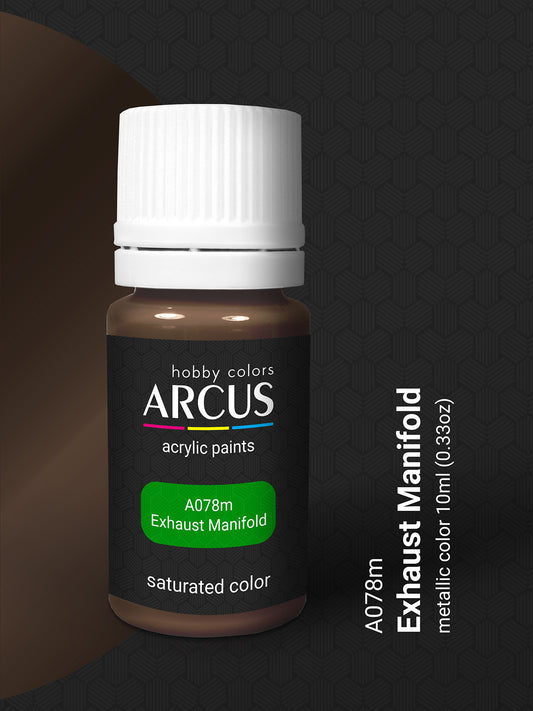 ΈκπτωσηΠρομηθευτής:Arcus HobbyΚανονική τιμή $1.95 USDΚανονική τιμήΤιμή μονάδας ανά
ΈκπτωσηΠρομηθευτής:Arcus HobbyΚανονική τιμή $1.95 USDΚανονική τιμήΤιμή μονάδας ανά$2.29 USDΤιμή έκπτωσης $1.95 USDΈκπτωση -

 ΈκπτωσηΠρομηθευτής:Arcus HobbyΚανονική τιμή $1.95 USDΚανονική τιμήΤιμή μονάδας ανά
ΈκπτωσηΠρομηθευτής:Arcus HobbyΚανονική τιμή $1.95 USDΚανονική τιμήΤιμή μονάδας ανά$2.29 USDΤιμή έκπτωσης $1.95 USDΈκπτωση -
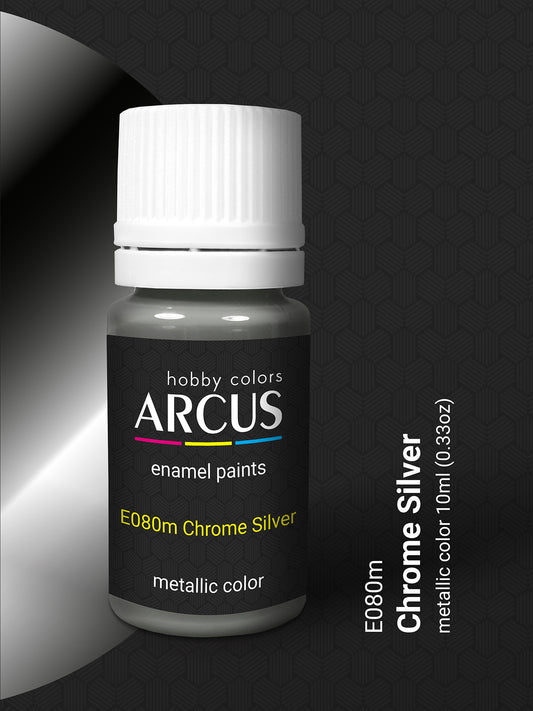
 ΈκπτωσηΠρομηθευτής:arcus-hobbyΚανονική τιμή $1.95 USDΚανονική τιμήΤιμή μονάδας ανά
ΈκπτωσηΠρομηθευτής:arcus-hobbyΚανονική τιμή $1.95 USDΚανονική τιμήΤιμή μονάδας ανά$2.29 USDΤιμή έκπτωσης $1.95 USDΈκπτωση -
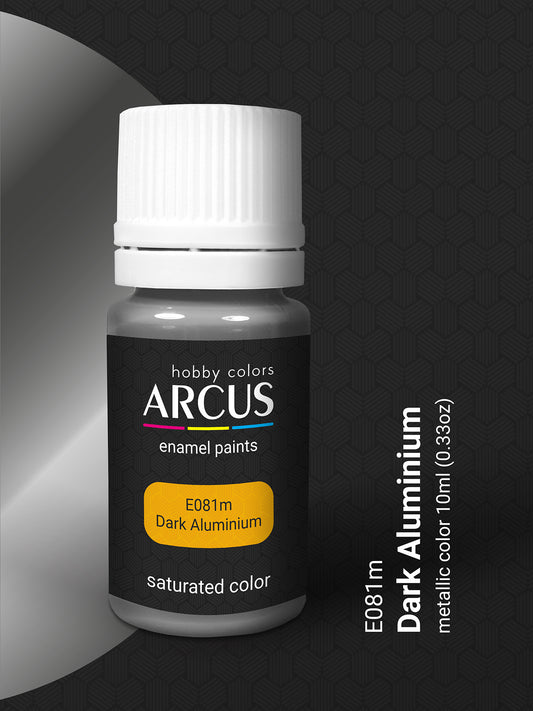
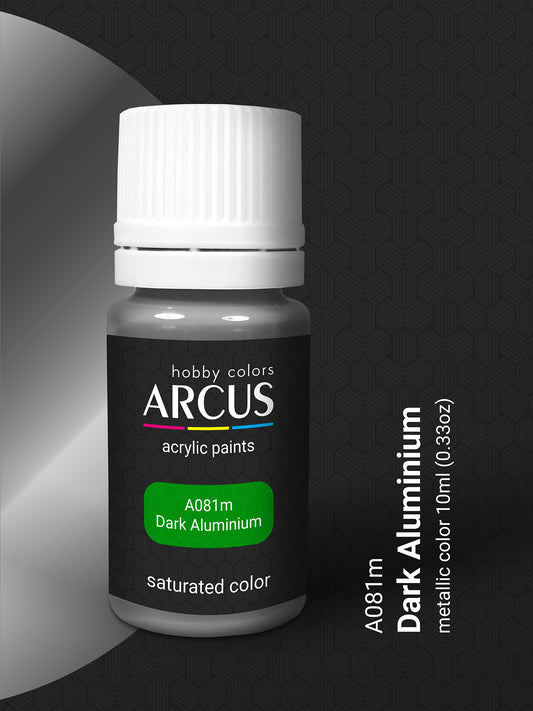 ΈκπτωσηΠρομηθευτής:Arcus HobbyΚανονική τιμή $1.95 USDΚανονική τιμήΤιμή μονάδας ανά
ΈκπτωσηΠρομηθευτής:Arcus HobbyΚανονική τιμή $1.95 USDΚανονική τιμήΤιμή μονάδας ανά$2.29 USDΤιμή έκπτωσης $1.95 USDΈκπτωση -
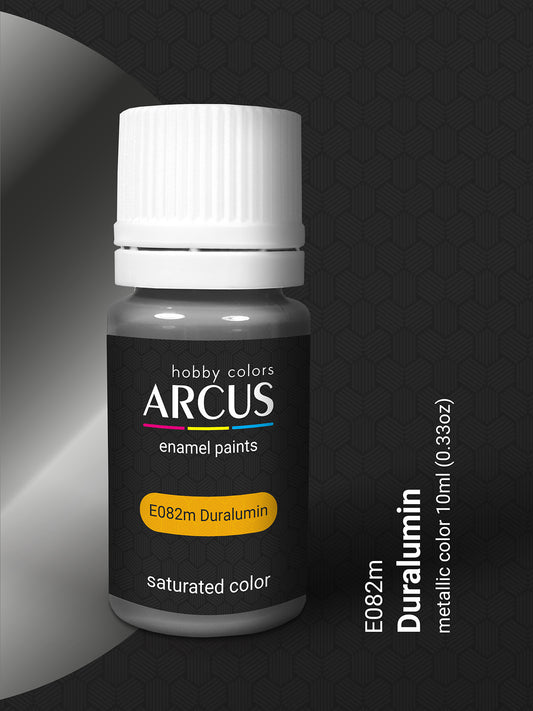
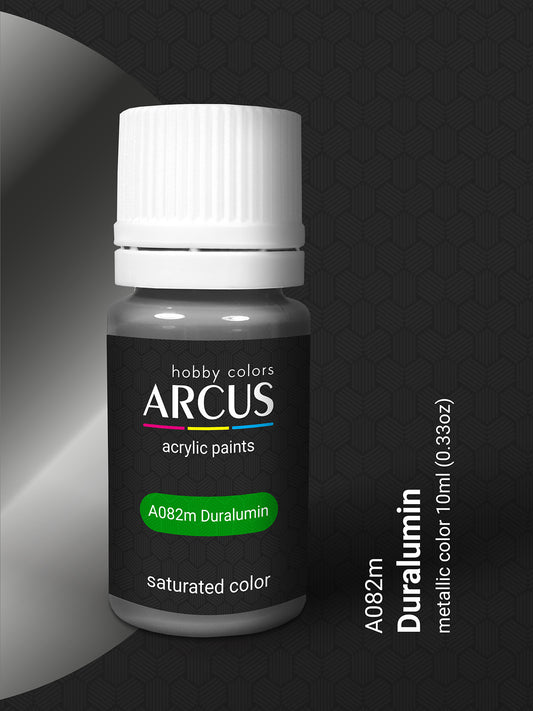 ΈκπτωσηΠρομηθευτής:Arcus HobbyΚανονική τιμή $1.95 USDΚανονική τιμήΤιμή μονάδας ανά
ΈκπτωσηΠρομηθευτής:Arcus HobbyΚανονική τιμή $1.95 USDΚανονική τιμήΤιμή μονάδας ανά$2.29 USDΤιμή έκπτωσης $1.95 USDΈκπτωση -

 ΈκπτωσηΠρομηθευτής:Arcus HobbyΚανονική τιμή $1.95 USDΚανονική τιμήΤιμή μονάδας ανά
ΈκπτωσηΠρομηθευτής:Arcus HobbyΚανονική τιμή $1.95 USDΚανονική τιμήΤιμή μονάδας ανά$2.29 USDΤιμή έκπτωσης $1.95 USDΈκπτωση -
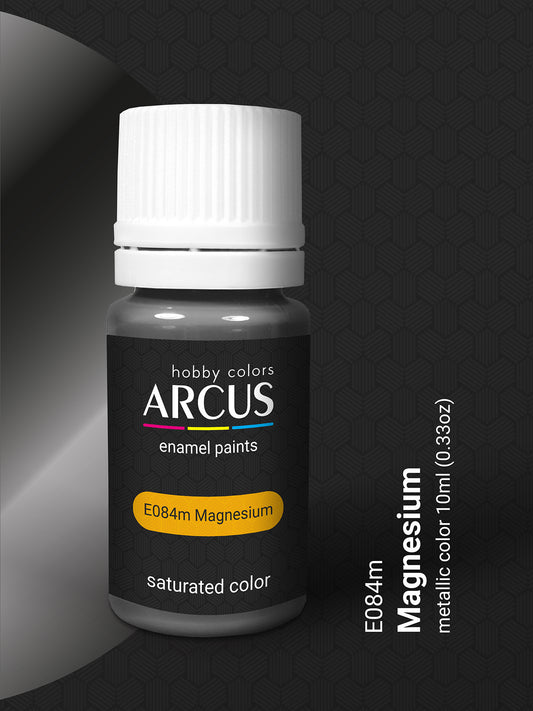
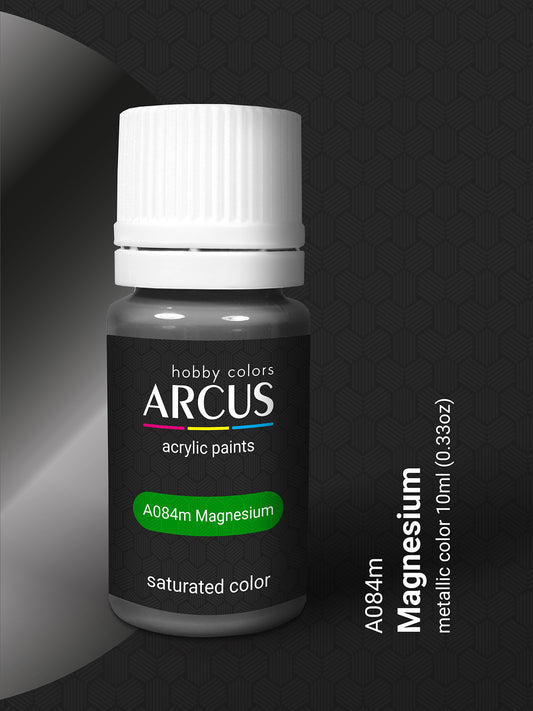 ΈκπτωσηΠρομηθευτής:Arcus HobbyΚανονική τιμή $1.95 USDΚανονική τιμήΤιμή μονάδας ανά
ΈκπτωσηΠρομηθευτής:Arcus HobbyΚανονική τιμή $1.95 USDΚανονική τιμήΤιμή μονάδας ανά$2.29 USDΤιμή έκπτωσης $1.95 USDΈκπτωση -

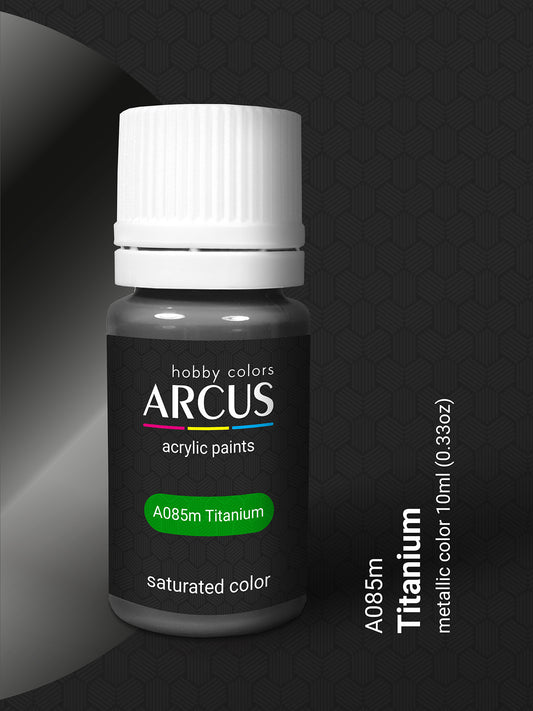 ΈκπτωσηΠρομηθευτής:Arcus HobbyΚανονική τιμή $1.95 USDΚανονική τιμήΤιμή μονάδας ανά
ΈκπτωσηΠρομηθευτής:Arcus HobbyΚανονική τιμή $1.95 USDΚανονική τιμήΤιμή μονάδας ανά$2.29 USDΤιμή έκπτωσης $1.95 USDΈκπτωση -

 ΈκπτωσηΠρομηθευτής:Arcus HobbyΚανονική τιμή $1.95 USDΚανονική τιμήΤιμή μονάδας ανά
ΈκπτωσηΠρομηθευτής:Arcus HobbyΚανονική τιμή $1.95 USDΚανονική τιμήΤιμή μονάδας ανά$2.29 USDΤιμή έκπτωσης $1.95 USDΈκπτωση -
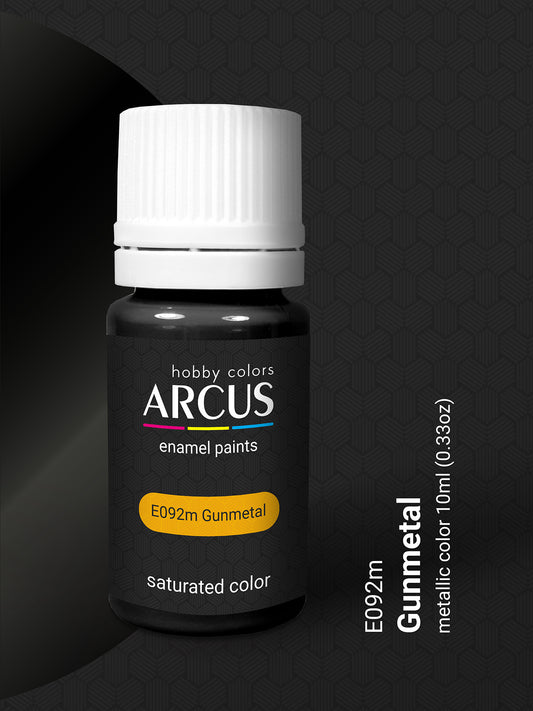
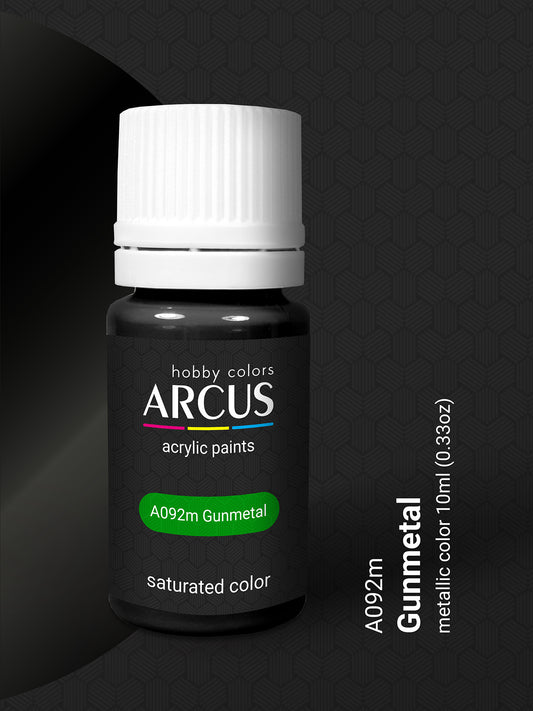 ΈκπτωσηΠρομηθευτής:Arcus HobbyΚανονική τιμή $1.95 USDΚανονική τιμήΤιμή μονάδας ανά
ΈκπτωσηΠρομηθευτής:Arcus HobbyΚανονική τιμή $1.95 USDΚανονική τιμήΤιμή μονάδας ανά$2.29 USDΤιμή έκπτωσης $1.95 USDΈκπτωση -

 ΈκπτωσηΠρομηθευτής:arcus-hobbyΚανονική τιμή $1.95 USDΚανονική τιμήΤιμή μονάδας ανά
ΈκπτωσηΠρομηθευτής:arcus-hobbyΚανονική τιμή $1.95 USDΚανονική τιμήΤιμή μονάδας ανά$2.29 USDΤιμή έκπτωσης $1.95 USDΈκπτωση -

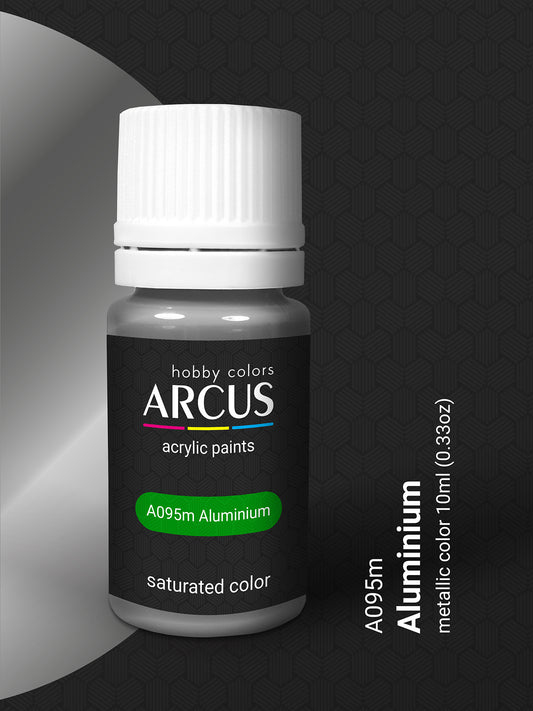 ΈκπτωσηΠρομηθευτής:Arcus HobbyΚανονική τιμή $1.95 USDΚανονική τιμήΤιμή μονάδας ανά
ΈκπτωσηΠρομηθευτής:Arcus HobbyΚανονική τιμή $1.95 USDΚανονική τιμήΤιμή μονάδας ανά$2.29 USDΤιμή έκπτωσης $1.95 USDΈκπτωση






























